In a project with FPGA stereo vision I use two MT9V032 cameras. The cameras are connected as in the application example in the data sheet.
In stereo output mode the data length is 18bits long. There is one start bit and one stop bit. So there are 8 bits for each pixel of master and slave camera.
In Application Note XAPP1064 I read that maximum bitlength of 16bits is possible for Spartan 6 Deserialization. Is there a trick to support higher deserialization factors?
As I do not need the start and stop bit, is there a solution to deserialize only the bits between start and stop bit?

